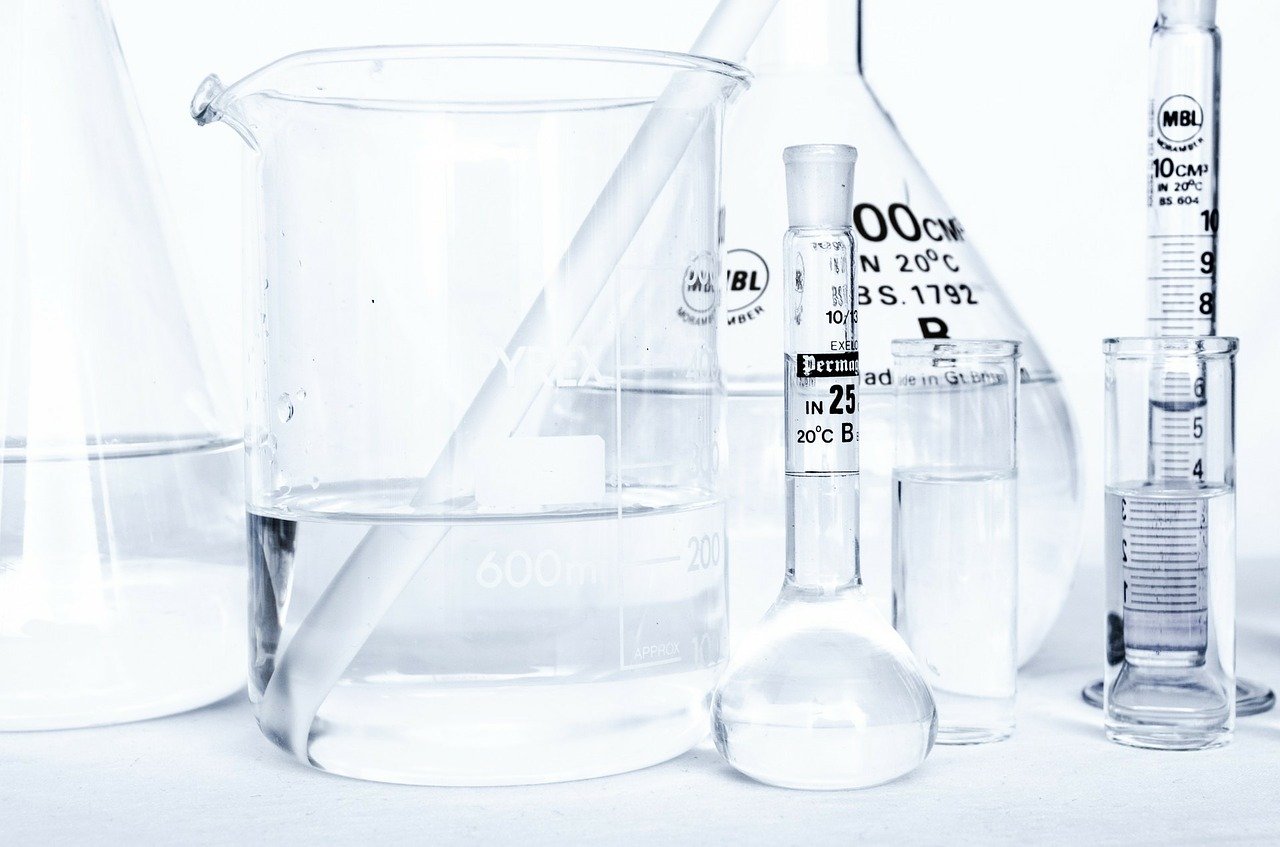In April 2019 researchers from Saudi Arabia published the results of their study to assess the effect of phthalate exposure in individuals undergoing in vitro fertilization. Phthalates are chemicals used as plasticizers and solvents in many consumer products but are suspected of disrupting the endocrine system and are known for their reproductive/developmental health risks. A total of 599 couples undergoing in vitro fertilization were included in the study. Information on health, lifestyle and other factors was collected via questionnaire, and two spot urine samples were collected from the couples to analyze eight phthalate metabolites. Results showed that 7 phthalate metabolites were detected in over 94% of the urine samples, with monobenzyl phthalate being found in 24% of the women and 26% of their male partners. Average phthalate levels were highest for monoethyl phthalate and lowest for monobenzyl phthalate. An analysis of the phthalate levels in the women and their male partners may indicate a shared source of exposure. Several potential predictors for the variations in specific urinary phthalate metabolites were identified, including BMI, age, socioeconomic status, and regional distribution for both women and their male partners but with slightly different patterns. Women with a history of breastfeeding, using bottled water for cooking and storing food in plastic bags had lower monoethyl phthalate levels, mono-(2-ethyl-5-carboxypentyl) phthalate and mono-iso-butyl phthalate. A history of contraceptive use was associated with an increase in mono-(2-ethyl-5-carboxypentyl) phthalate, mono-(2-ethyl-5-hydroxyhexyl) phthalate, mono-(2-ethyl-5-oxohexyl) phthalate and the molar sum of bis (2-ethylhexyl) phthalate metabolites. More than 95% of the couples reported the use of cosmetics, perfumes, and personal care products, but the researchers were not able to find any association with urinary phthalate metabolites, perhaps due to their short half-lives. Monoethyl phthalate levels associated with the use of household cleaning products were 11% higher in male partners. It should be noted that the phthalate levels detected in this study were generally higher than those reported elsewhere, which may be due to different lifestyles, cultural practices, dietary habits, use of personal care products, and governmental legislation.
Al-Saleh I et al. The extent and predictors of phthalate exposure among couples undergoing in vitro fertilization treatment. Environ Monit Assess. 2019 Apr 30;191(5):316

